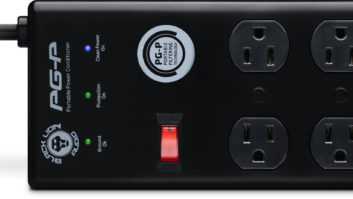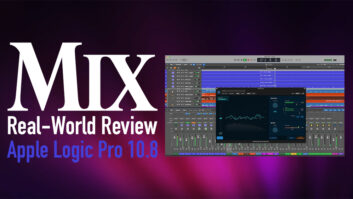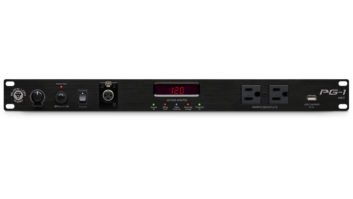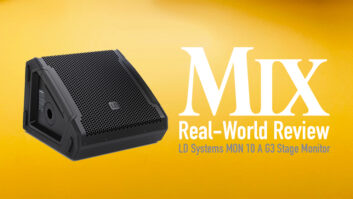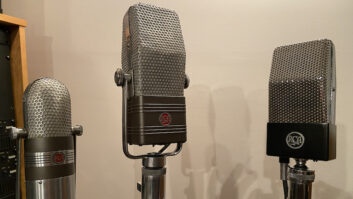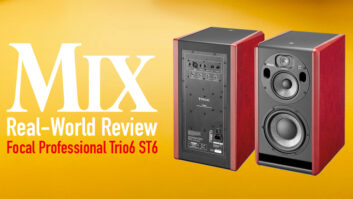Technology doesn’t appear overnight. The first commercial sampling tools for digital audio go back some three decades with pioneering systems from Fairlight (profiled in this issue), New England Digital and even a spate of affordable D/A cards and software packages for the Apple II. After IBM’s PC debuted in 1981 and Apple’s Macintosh in 1984, computers began to find a home in the control room for chores other than running automation systems.
With the growing popularity of MIDI and the 1989 arrival of Digidesign’s landmark Sound Tools hardware/software — for “low-cost” ($3,995, less computer) editing of digital audio files — the studio computer went from accessory to necessity.
Fast-forward to 2005, and it’s clear those ubiquitous CPUs have changed audio production in ways that we never would have imagined. Huge libraries offer every instrument imaginable — re-created with stunning realism — at our fingertips, and cut-and-paste audio production is standard operating procedure rather than the occasional edit to fix a flaw. Our beloved outboard racks are being reduced to dongles and software box stacks, while the rise of native processing lessens the importance of hardware interfaces.
However, all of this newfound power comes at a price. Once upon a time, studio survival skills involved aligning a multitrack. These days, knowing how to deal with upgrades, the nuances of ever-changing operating systems and keeping those so-handy plug-ins plugged in is a major chore.
Unless you’re a casual home user who likes to cut a few tracks in between running spreadsheets or looking for cheats on Half-Life2, you probably depend on your CPU(s) for your livelihood. And when your job depends on an engine’s performance — just like a NASCAR driver or an airline pilot — you must also be attuned to the relative health of your rig. Performance that becomes sluggish may mean a software conflict, corrupted driver, fragmented hard disk, bad DIMM or even a virus, and, like it or not, knowing how to deal with such issues is part of the new studio landscape.
Understanding the nuances of your system — XP, Tiger or whatever — is just as important today as the ability to note high-frequency losses that accompany head wear on an analog deck. Likewise, asset management — storing, archiving and creating backups of session files — is essential and doubly so when something goes south and a copy of the original needs to be found. Not to be overlooked in the need for documentation: What’s stored where? What version is this? Are there adequate logs/tracksheets so someone can reconstruct this stuff next week, next year or in 20 years?
In keeping with this month’s AES in New York City, we thought it appropriate to take a detailed look at the changing face of the workstation, examining some vital topics: 64-bit processing, latency, storage, controllers, I/O options, upgrades and more. Changes in the industry are like roller-coaster rides — exhilarating, scary and fun all at the same time. So get your ticket now and we’ll see you at the Javits Center.
